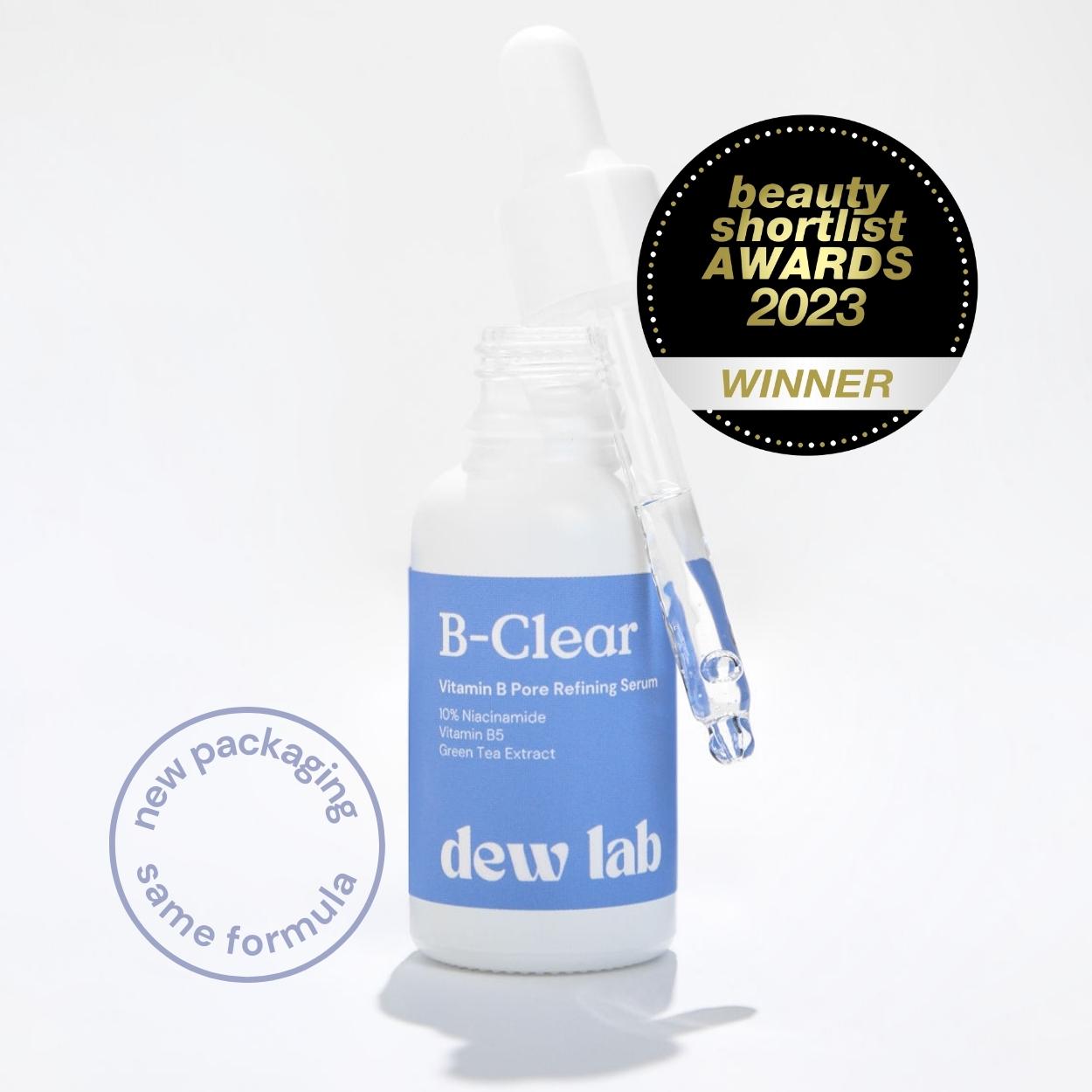Summer is a time for fun in the sun, but it can also be a season when your skin is at risk of developing sun spots and hyperpigmentation. These unwelcome skin issues can result from excessive sun exposure without proper protection. In this article, we'll explore how to prevent sun spots and hyperpigmentation during the summer months.
Understanding Sun Spots and Hyperpigmentation
Sun spots, also known as solar lentigines or age spots, are flat, brown, or black spots that typically appear on sun-exposed areas, such as the face, hands, and shoulders. Hyperpigmentation, on the other hand, is a broader term that encompasses any darkening of the skin due to the overproduction of melanin. Both conditions are often caused or worsened by prolonged sun exposure, and they can make your skin appear older and less even in tone.
Expert Tips to Prevent Sun Spots and Hyperpigmentation
-
Apply Sunscreen Daily: According to the American Academy of Dermatology (AAD), sunscreen is your best defense against sun spots and hyperpigmentation. Dr. Amanda Doyle, a board-certified dermatologist, stresses the importance of using a broad-spectrum sunscreen with an SPF of at least 30. She advises applying it to all exposed skin, even on cloudy days, as UV rays can penetrate clouds.
-
Reapply Sunscreen: Dermatologists recommend reapplying sunscreen every two hours, or more frequently if you're swimming or sweating. Dr. Susan Davis, a renowned dermatologist, states that inadequate sunscreen application can leave your skin vulnerable to sun spots and hyperpigmentation.
-
Seek Shade: Dermatologist Dr. Melanie Adams encourages people to seek shade during peak sun hours, typically from 10 a.m. to 4 p.m. If you're outside, try to stay under an umbrella, a wide-brimmed hat, or other forms of protective cover.
-
Wear Protective Clothing: Covering up with clothing can provide an extra layer of defense. Dr. Steven Wang, a board-certified dermatologist, suggests wearing lightweight, long-sleeved shirts, wide-brimmed hats, and sunglasses to shield your skin from harmful UV rays.
-
Avoid Tanning Beds: The Skin Cancer Foundation strongly advises against using tanning beds, as they emit harmful UV radiation that can lead to sun spots and other skin issues. The foundation reports that just one indoor tanning session can increase your risk of developing skin cancer.
-
Use Products with SPF: Dermatologist Dr. Michelle Henry recommends incorporating skincare products with SPF into your daily routine. These include moisturizers, foundation, and lip balms with added sun protection.
-
Consider Antioxidants: Dr. Joshua Zeichner, a dermatologist at Mount Sinai Hospital, suggests using antioxidant serums with ingredients like vitamin C to help protect your skin from UV damage.
-
Stay Hydrated: According to the AAD, staying well-hydrated can help maintain healthy skin. Proper hydration can also aid in your skin's natural defense mechanisms against sun damage.
-
Exfoliate Gently: To prevent hyperpigmentation, dermatologist Dr. Cynthia Bailey recommends using exfoliating products to promote skin cell turnover. Be gentle and consistent in your approach, and avoid harsh exfoliants that can exacerbate sun spots.
-
Consult a Dermatologist: If you notice any changes in your skin or signs of hyperpigmentation, consult a dermatologist for a professional evaluation and personalized treatment options.
Preventing sun spots and hyperpigmentation in the summer is not only important for maintaining smooth, even-toned skin but also for protecting your skin from the harmful effects of UV radiation. With proper protection and care, you can enjoy the sun without compromising the health and appearance of your skin.


